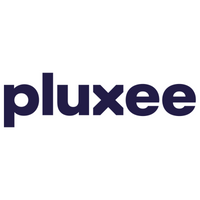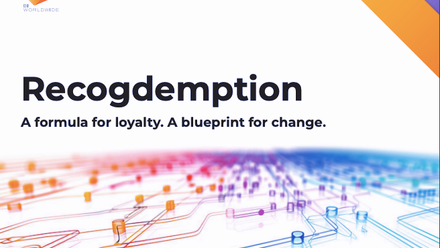How to tackle pay increase inequity
The median pay increase in January 2025 in the UK was 3%, which is 1 to 1.5 percentage points less than in previous years. Is this a sign of the talent market stabilising or a result of the National Minimum Wage and National Insurance contribution increases?
When the war for talent is rife, wages tend to rise, suggesting that the lower median increase is mainly due to changes in political and economic conditions.
Our latest guide, Strengthening Your Employee Value Proposition: A Cost-Neutral Strategy, recognises the effects of the rising cost of doing business on employers whilst exploring the actual value of the median pay increase for employees.
In it, we present a cost-effective strategy for bridging the gap – for giving more when a pay increase falls short – employers can implement to ensure they’re effectively supporting employee financial wellbeing.
Here's some key findings from Strengthening Your Employee Value Proposition: A Cost-Neutral Strategy.
Pay increase vs inflation
The global financial climate remains volatile, and as of April 2025, the inflation rate stands at 3.5%.
With the median January pay increase at 3%, many UK employees received a salary increase that was below the rate of inflation.
Inflation impacts the cost of living, and when salaries fail to keep pace with it, it negatively affects employees’ finances.
Pay increase inequity
In the guide, we break down the take-home pay increase across three salary brackets, assuming a business applies a 3% pay increase across the board.
There was a startling case of pay increase inequity, with those on an average salary only realising just over half of the increase.
When compared to employees on a £60,000 annual salary who received 74% of the value of their pay increase after taxes, it revealed the inequity of a blanket approach to pay increases.
Levelling the playing field
Since pay increases may not keep pace with inflation, and their impact depends on an employee's salary and tax bracket, Pluxee UK calls on employers to level the playing field with employee benefits.
Setting themselves the challenge to prove that employee discounts can provide more value than a pay increase alone, the potential savings available are presented across a range of regular spending areas.
Helping employees make life more affordable and joyful is essential for both individuals and businesses, as poor financial wellbeing can lead to increased absenteeism, poor mental health, and reduced productivity.
Drawing on the NIC savings strategy outlined in their earlier Budget-Busting Strategy Guide, we explain how to make employee benefits cost-neutral for your business.
Maximising budgets
Making financial wellbeing benefits cost-neutral is just part of the strategy.
The guide shares how to further maximise your benefits budgets, getting more for less while offering employees even more wellbeing solutions.
A return on investment
In the final section of the EVP Guide, we present the third element of their cost-neutral strategy – ensuring maximum benefits engagement to deliver a return on investment.
The need to do more for less and with less has never been more critical. In uncertain times, continuity is key.
Retaining skills is vital, as is addressing unnecessary overheads, such as high turnover, poor engagement, and problematic absenteeism.
These all cost your business money and are preventable when you prioritise employee wellbeing – financial, mental and physical.
It's tempting to cut back when times get tough, but for businesses to achieve sustainable growth, keeping the right people and skills is vital.
With the strategy presented in this latest guide, investing in your people becomes affordable and offering an employee-retaining Employee Value Proposition is achievable.
Supplied by REBA Associate Member, Pluxee UK
Pluxee UK, is a leading employee benefits and engagement partner that opens up a world of opportunities to help people enjoy more of what really matters in their lives.








